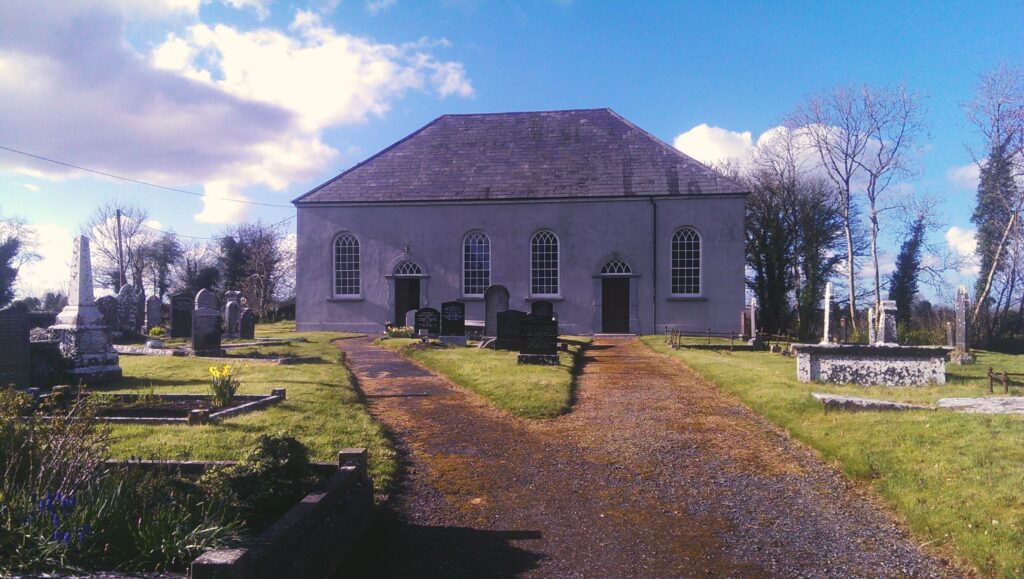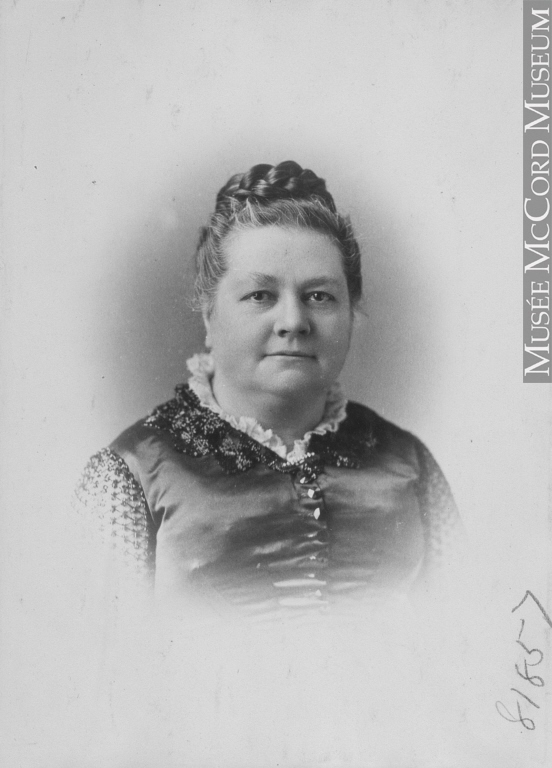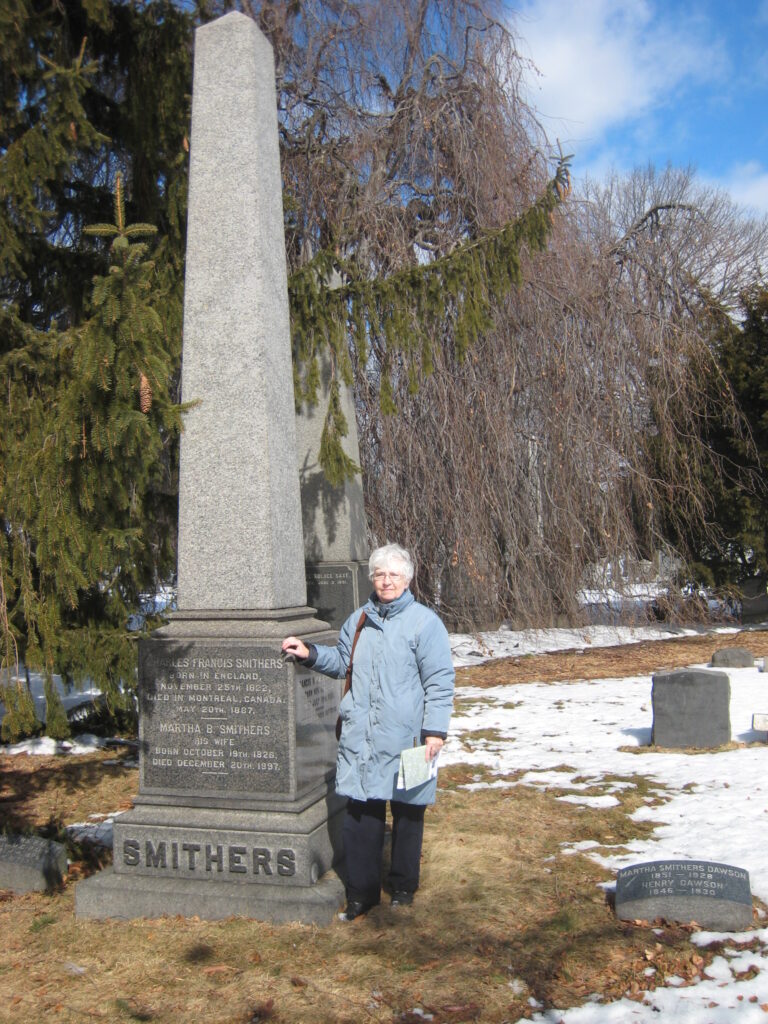When my four-time great-grandfather John Thomson (1766-1851) moved his family from New York State to Upper Canada,1 he was continuing a family tradition of migration. His father and his grandparents had migrated from Ireland to colonial America around 1730, and an earlier generation had migrated from Scotland to Ireland. Members of the Thompson family moved to Goshen, in Orange County, New York, from Edgeworthstown, Longford County, Leinster Province, Ireland, where they were members of Corboy Presbyterian Church.2 I do not know when or why the Thompson family went to Longford. They were probably originally from Scotland because the name Thompson is generally Scottish, and they were Presbyterian, a religion that was strongly identified with Scotland.

Many English and Scottish families moved to Ireland in the 1600s. Most settled in northern Ireland, in what was then known as the Plantations of Ulster. When a group of Irish rebels were forced to leave Ireland in 1607 following a failed rebellion, the government in London confiscated their estates and encouraged Scots to settle on their land. Migration continued over the century. By 1672, an estimated 100,000 Scottish settlers were living in Ulster, and an additional 50,000 families had arrived by the early 1700s.3 Longford County, in central Ireland, also had a number of English and Scottish residents.
Most of these immigrants were tenants or agricultural workers, attracted by the availability of cheap land. Some were merchants who carried on trade between Scotland and Ulster, and others were either common criminals or people who had been accused of political crimes.
By 1715, the population of Ireland had grown so much that there was no more cheap land available, and the flow of immigrants stopped. High rents and land prices and expensive provisions became problematic. Several bad growing seasons in the 1720s ruined many families.4 In addition, the Scots in Ireland were annoyed that Presbyterians were barred from holding public office and that Presbyterian marriages were not legally recognized. So when agents from the American colonies and some ships’ captains told the Scots Irish of available land and great plenty in America, many people listened. In the 1720s, thousands of Presbyterians left Ireland, headed for the West Indies or for colonial America, especially for Pennsylvania, Virginia and the Carolinas.5
In 1729, several members of the Thompson family joined the exodus.6 They settled in Ulster County (now part of Orange County), New York, in the Hudson River Valley north of New York City. According to some family stories, William Thompson and his wife Ann Jenkins immigrated in 1729, but it is more likely they came in 1737,7 settling near their pioneering relatives on a farm near Goshen.
According to an article published in a collection of biographies of 19th century Orange County residents, William and Ann had been “wealthy and highly respected.”8 Their good reputation was supported by a certificate signed by the minister at Corboy Presbyterian Church. It read, “That William Thompson and his wife Ann have lived many years in this neighbourhood and all along behaved as it becometh Christians; and may be received into Christian Communion wherever Providence may cast their lot. They have been orderly members of the Protestant dissenting Congregation. And their children have also behaved soberly, inoffensively; certificated at Cork Bay (sic), County Longford, Ireland, 12 May 1737.” 9
At least two of their children probably accompanied William and Ann to America: George (1719-1782), who was my five-times great-grandfather and married Elizabeth Wells, and Sarah (1729-1800), who married James Little.10
Notes
- Janice Hamilton, “A Confirmed Connection: the Thompson Family of Goshen, New York and Sophiasburgh, Ontario.” Writing Up the Ancestors, http://www.writinguptheancestors.blogspot.ca/2015/11/a-confirmed-connection-thompson-family.html.
- Several Thompson family historians have erroneously written that the family came from Cork, Cork Bay or Corkley. In fact, they were members of Corboy Presbyterian Church in County Longford. According to A Flickering Flame: a Brief History of Presbyterian Churches in Longford, Meath and Westmeath, by Chris Aitcheson, Corboy is one of the oldest Presbyterian congregations in Ireland outside of Ulster. The building is still in use.
- Michael Perceval Maxwell, “The Scots Migration to Ulster;” University College, Cork, Ireland, Multitext Project in Irish History, History of early Modern Ireland — Sample Materials, 1494-1815. http://multitext.ucc.ie/d/The_Scots_Migration_to_Ulster; accessed Nov. 9, 2015.
- Thomas J. Barron, “Presbyterian Exodus, Co. Longford, 1729,” http://www.from-ireland.net/presbyterian-exodus-1729-longford/; article originally appeared in Breifne, no. 18 (1977-78), 253; accessed Nov. 6, 2015.
- Kyle J. Betit, “Scots-Irish in Colonial America,” The Irish Times, Irish Ancestors, https://www.irishtimes.com/ancestor/magazine/articles/iha_scotsus1.htm; originally appeared in The Irish at Home and Abroad, vol. 2 no. 1 (1994-1995); accessed Nov. 9, 2015.
- They were part of a migration group organized by a man named Charles Clinton and sailed to America aboard the George and Anne. The voyage was a nightmare. I will write about it in another post.
- Elmire L. Conklin, “The Two George Thompsons of Early Orange County, N.Y.,” Orange County Genealogical Society, vol. 21 no. 1 (May 1991), p. 9; Thompson vertical files. Orange County Genealogical Society, Goshen N.Y.
- “John Hudson Thompson, M.D.” Portrait and Biographical Record of Orange County New York; Containing Portraits and Biographical Sketches of Prominent and Representative Citizens of the County, Together with Portraits of all the Presidents of the United States, New York and Chicago: Chapman Publishing Co., 1894, 1101.
- “Thompson Genealogy (also Hudson and Duryea)” Orange County Genealogical Society, vol. 8 no. 4 (Feb. 1979), 30. Thompson vertical files. Orange County Genealogical Society, Goshen N.Y.
- Charles B. Thompson, “1500-1990. The Ancestors and Descendants of William Thompson; the Thompsons of Goshen and Georgia,“ undated manuscript; Orange County Genealogical Society, Goshen, N.Y.


